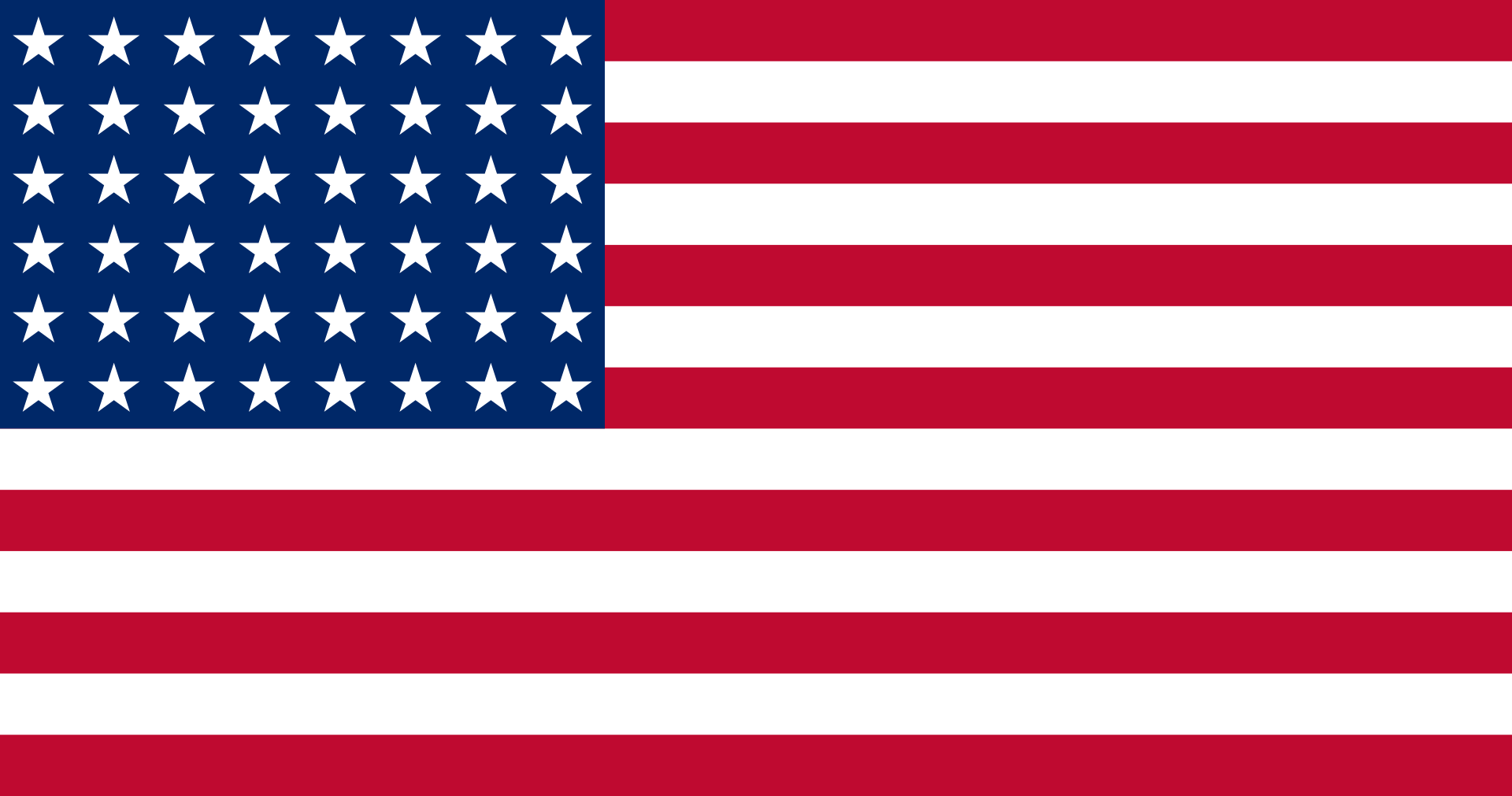437th Troop Carrier Wing
Operator Identification
United States of America
TYPE: USAF unit
IATA/ICAO CODES: Nil
HEADQUARTERS: Chicago Orchard, IL (1949-1950), Shaw AFB, SC (1950), Brady AB, Japan (1950-1952), Chicago O’Hare, IL (1952-1957)
FORMER NAME: Nil
SUBSEQUENT NAME: 437th Military Airlift Wing (when reactivated 1965)

Operator History
The 437th Troop Carrier Wing, Medium was established on 10 May 1949 as part of the military buildup of the Korean War. Concurrent with the wing and group activations, the group’s four World War II flying squadrons were also activated on 27 June 1949: the 83rd, 84th, 85th and 86th Troop Carrier Squadrons. The wing initially trained on Beech T-7 Navigator and T-11 Kansan under supervision of the 2471st Air Force Reserve Training Center between June 1949 and August 1950.
The wing was ordered to active duty on 28 July 1950 for a 21-month period. The headquarters was also directed to activate the motor vehicle, air police, food services, and installations squadrons originally withheld when the wings were reorganized in 1949. Lacking sufficient manpower, the 437th Troop Carrier Wing's 86th Squadron had to be inactivated. The wing was also activated alongside a colocated Light Bomb Wing, permitting the use of the other unit's personnel and equipment to replace shortages in its mobilized companion. These two wings were the first to be called to active duty in the expectation that the Korean emergency signaled a worldwide crisis. USAF General Whitehead thought that some of his northern bases, including Chicago, should be cleared of troop carrier operations to make way for fighter units for air defense.
On 15 August 1950, the 1,441 mobilized men of the 437th Wing, commanded by Brig Gen John P. Henebry, left Chicago for Shaw AFB, SC by rail, air and private automobile. At Shaw, personnel officials reconciled as best they could the number of persons on orders with the locator files and individual files, correcting errors in names, ranks, and serial numbers and trying to rectify malassignments. In parallel, at Shaw AFB, the wing started receiving a concentrated 60-day training from 22 August 1950, in prevision of its overseas deployment.
The wing left Shaw AFB on 16 October 1950 with a strength of 1,569 men and 48 Commandos, bound for Japan. The move, in three echelons, was completed on 10 November 1950. From Japan, the wing started flying combat airlift missions to Korea. It helped evacuate personnel from threatened airfields, hauled gasoline, napalm and other explosives, dropped cargo and paratroops, and also flew spraying missions to rid areas of insects. In January 1951, it absorbed most of the personnel and equipment of the provisional 1st Troop Carrier Group. In addition to its combat support missions, the wing assumed responsibility for most scheduled courier flights in Japan and Korea. The 1951 spring thaws and constant rains rendered roads virtually impassable, and the 437th resumed its supply drops to front line troops. When engine problems grounded all C-l19s in the theater near the end of March, the entire aerial resupply burden fell upon the 437th and its Commandos. Despite being classified as obsolete, the Commando flown by the wing provided the USAF's more spectacular C-119s and C-54s a reliable cushion of airlift.
The wing’s most intense participation in the war came in March 1951 as part of Operation Tomahawk. The operation was an extension of Operation Ripper, and was designed to trap enemy troops fleeing northward from Seoul by attacking them near the Imjin River. On 23 March 1951, the 437th’s Commandos dropped 1,436 187th Airborne Regimental Combat Teamparatroopers and 15.5 tons of ammunition, food, and signal equipment in the second largest airdrop of the Korean War. During the last 10 days of March, it dispatched 138 aircraft on paradrop missions, and the airdrops intensified in April. Early in April, most sorties were in support of Republic of Korea troops in the northeast sector. Later, as the Chinese again drove south, most of the drop missions were flown in direct support of the allied effort to thwart the communists' drive. During its first seven months of Korean service, the 437th carried nearly 66,000 tons of cargo, 6,500 patients, and 240,000 passengers.
The 437th was replaced by the 315th on 10 June 1952 and returned to the Reserve. It returned to Chicago under the 10th Air Force and Continental Air Command's 2471st AFRTC. From 1955, Douglas C-47 Skytrains started operating alongside the Commandos, and in 1957 the wing transitioned to the Fairchild C-119 Flying Boxcar. It was inactivated on 16 November 1957.
Commando Operations
1952 to 1957
Commandos Operated
Only Commandos belonging to an unknown squadron within the wing are listed here. When the squadron is identified, the Commando is listed under that squadron only.
- Curtiss C-46D-10-CU Commando: 44-77592
Last edited: 03/04/2024

